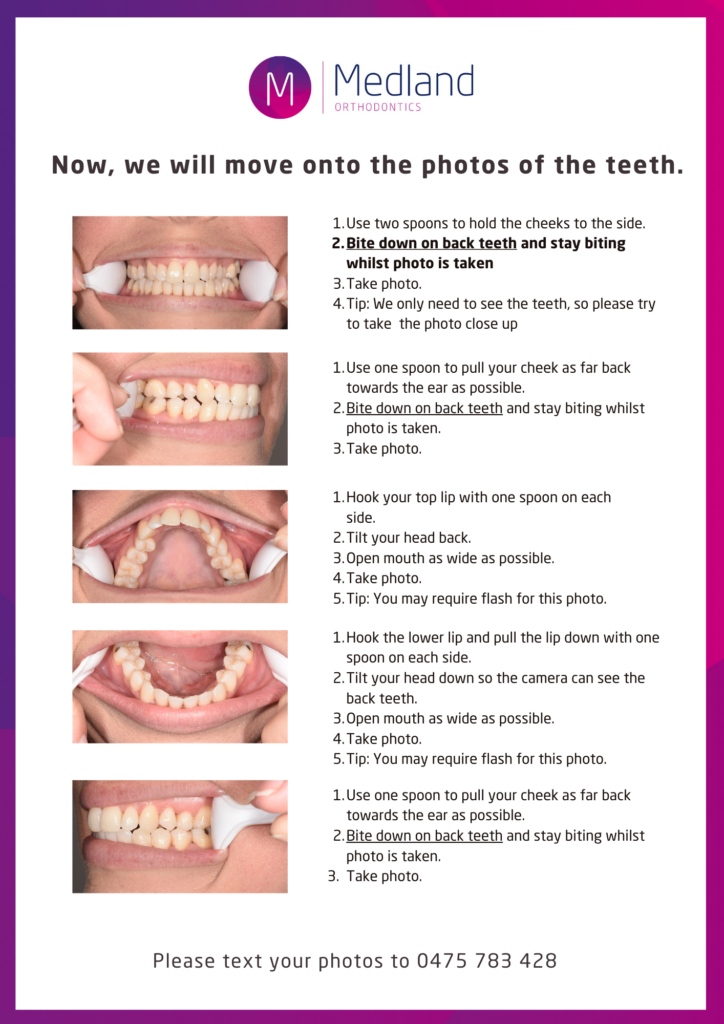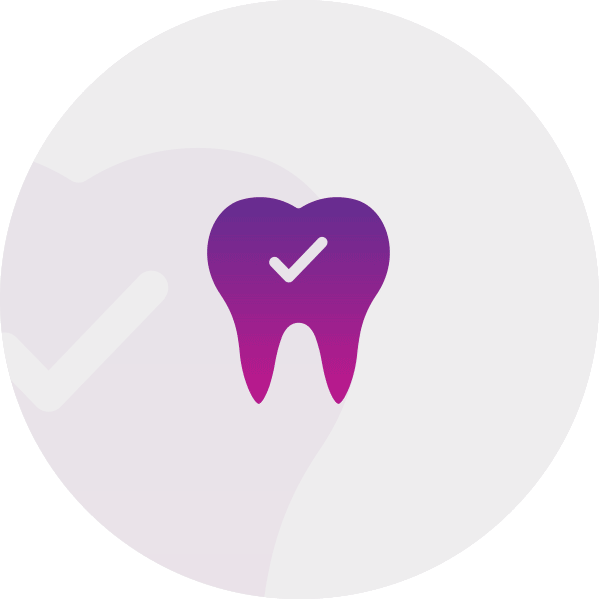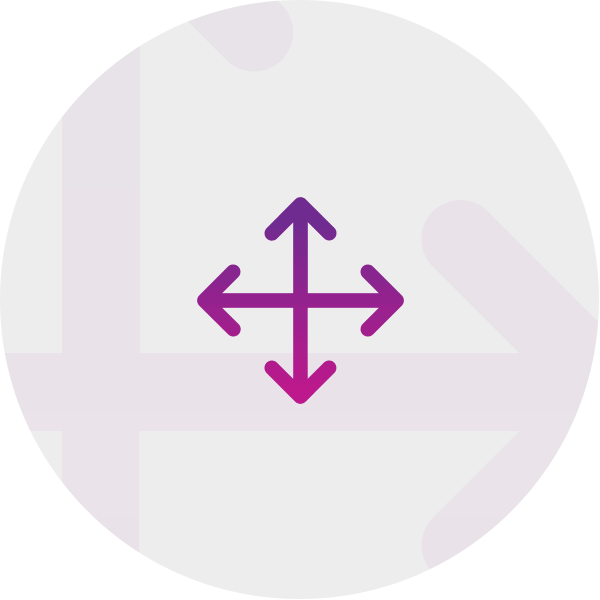The traditional orthodontic treatment
Braces are one of the most trusted methods of orthodontic treatment available. Combining a long history of success with remarkable advancements in quality and comfort, braces are incredibly efficient at correcting all levels of oral issues. Get in touch with our Gold Coast braces specialists and let’s create your best smile!
The traditional orthodontic treatment
Braces are one of the most trusted methods of orthodontic treatment available. Combining a long history of success with remarkable advancements in quality and comfort, braces are incredibly efficient at correcting all levels of oral issues. Get in touch with our Gold Coast braces specialists and let’s create your best smile!
The traditional orthodontic treatment
Braces are one of the most trusted methods of orthodontic treatment available. Combining a long history of success with remarkable advancements in quality and comfort, braces are incredibly efficient at correcting all levels of oral issues. Get in touch with our Gold Coast braces specialists and let’s create your best smile!
Looking for the best orthodontic treatment?
Contact one of our Dental clinics today for your perfect smile:
Medland Orthodontics Benowa
Medland Orthodontics Robina
Medland Orthodontics Helensvale
Medland Orthodontics Upper Coomera
Benefits of braces
Reliable results
Braces are the traditional orthodontic treatment, making them the most trusted. For some patients, braces are also the most suitable type of treatment and deliver great results.
Effective treatment
Braces are a reliable and common treatment used to correct many types of oral issues and bite disorders, some which develop as a child and others later in life.
Greater comfort
There are many different types of materials and technologies that have been developed to make braces more comfortable, more aesthetically pleasing and more efficient.
Customisable look
Braces can be fashionable! Whether it’s clear plastic, coloured bands or metal braces, you can customise your braces to suit your unique style.

How do braces work?
Traditional braces are orthodontic devices designed to straighten your teeth and align your jaws. Using brackets to shift or tilt teeth into the desired position, braces can be used to correct many different types of common bite disorders.
They may also be used in conjunction with other forms of treatment, such as Invisalign, to enhance the results.

How do braces work?
Traditional braces are orthodontic devices designed to straighten your teeth and align your jaws. Using brackets to shift or tilt teeth into the desired position, braces can be used to correct many different types of common bite disorders.
They may also be used in conjunction with other forms of treatment, such as Invisalign, to enhance the results.

How do braces work?
Traditional braces are orthodontic devices designed to straighten your teeth and align your jaws. Using brackets to shift or tilt teeth into the desired position, braces can be used to correct many different types of common bite disorders.
They may also be used in conjunction with other forms of treatment, such as Invisalign, to enhance the results.
Taking photos at home guide

Types of braces
Your journey with braces
Consultation
Impressions
Fitting
Adjustments
Removal
Retainers
Frequently Asked Questions
How long do adults need to wear braces?
The amount of time spent in braces will vary depending on the individual because everyone responds differently to treatment. Treatment times can take anywhere between 6 and 24 months, but most standard treatments take approximately 12-18 months.
Can you drink coffee with clear braces?
Yes you can drink tea and coffee. It does not stain braces.
If you have Invisalign, you shouldn’t drink coffee while the aligners are in your mouth. The aligners will need to be taken out if you want to have anything to eat or drink anything other than water. They should be worn for no less than 22 hours.
All liquids, other than clear, cool water should be avoided whilst wearing Invisalign. This is because they will become discoloured and may become damaged. Invisalign will melt and warp if you drink hot water. They will also crack if you drink ice cold drinks. If your Invisalign does become damaged, then it’s important that you get in touch with us ASAP to get them fixed or replaced.
Do clear braces take longer than metal?
No, they are the same timing. Clear braces can wear a little more as they are plastic material.
How early can kids get braces?
To help parents make informed decisions at the right times, Medland Orthodontics has introduced a Growth Guidance Program for children between 7-12 years. Rest easy that you will always be informed about the health of your child’s teeth and offered the best treatment plan for them.
How do elastics work?
I had braces early in life but as an adult, my teeth are no longer aligned. Do I need braces again?
You should book a consultation with your orthodontist and discuss your situation. A common sign might be overcrowding, with teeth shifting back to their original position, new gaps forming in your teeth where they weren’t after initially completing treatment or severe jaw pain or discomfort.
We will look at why the teeth have moved out of position and what treatment is needed to correct your teeth back into position.
Now, to prevent your teeth moving again in the future we will use bonded retainers, removable retainers which are worn at night time.
That really is up to you and the decision will probably be based mostly on how you feel about the way your teeth look when you smile. However, if your issues are less with the aesthetic look of your teeth and more related to pain, discomfort or uneven tooth wear, then the additional treatment might be the best option.
Having orthodontics one more time might mean that you’ll only need a short course of treatment a few months to correct minor issues.
Will I need to wear retainers after treatment is finished?
For those of you about to get your braces off you’re going to get retainers – there are two basic types:
- Clear plastic retainers to wear at night-time only; and,
- Bonded retainer wires glued on the inside of your top and bottom front teeth.
Both types of retainers keep your teeth straight. So, to answer the question, how long do you have to keep up these retainers?
Your teeth can move – that’s how they were straightened in the first place. For the 1st year out of treatment they should be worn every night. After that, they need to be worn a couple nights of the week as long as they are ot too tight. If it is tight that’s an indication you need to wear them more.
The idea of the bonded retained wires is to avoid the smaller front teeth from moving, while the clear night-time retainers hold the back teeth and bite in their final positions – both the retainers keep your smile perfect, as long as you wear the retainers!
You’ve gone to a lot of trouble and expense to get these beautiful teeth and smile so let’s keep them that way!
How do I take care of my retainers?
What long-term results can I expect from braces?
Self-esteem and confidence that come from looking one’s best are two important reasons to consider braces, but the benefits of braces go well beyond pure aesthetics. Braces ensure correct bite and tooth alignment which has many positive side-effects; including:
- Improved ability to chew food
- Alleviation of speech impairment
- Easier to brush, clean and floss teeth
- Reduced cavities and periodontal disease
- Reduced grinding and chipping of teeth
- Reduced risk of injury from protruding teeth
Braces can establish the foundation for a lifetime of improved oral health while helping you and your children look their best.
Do braces hurt?
How often will I need to have my braces adjusted?
Adjustment intervals following placement of braces can vary from 6-12 weeks for repeated procedures involved in space closure and eruption of impacted teeth and procedures such as wire changes.
Do I need to brush my teeth more often with braces?
With braces, you should brush your teeth at least three times a day to keep your teeth, gums, and mouth healthy and clean. Brushing regularly will help remove any food that may be caught between the braces. You should also floss daily (using dental brushes) to get in between your braces where your brush isn’t able to reach. Our Hygienists and Dental Assistants can show you how to properly brush and floss once your braces are placed.





